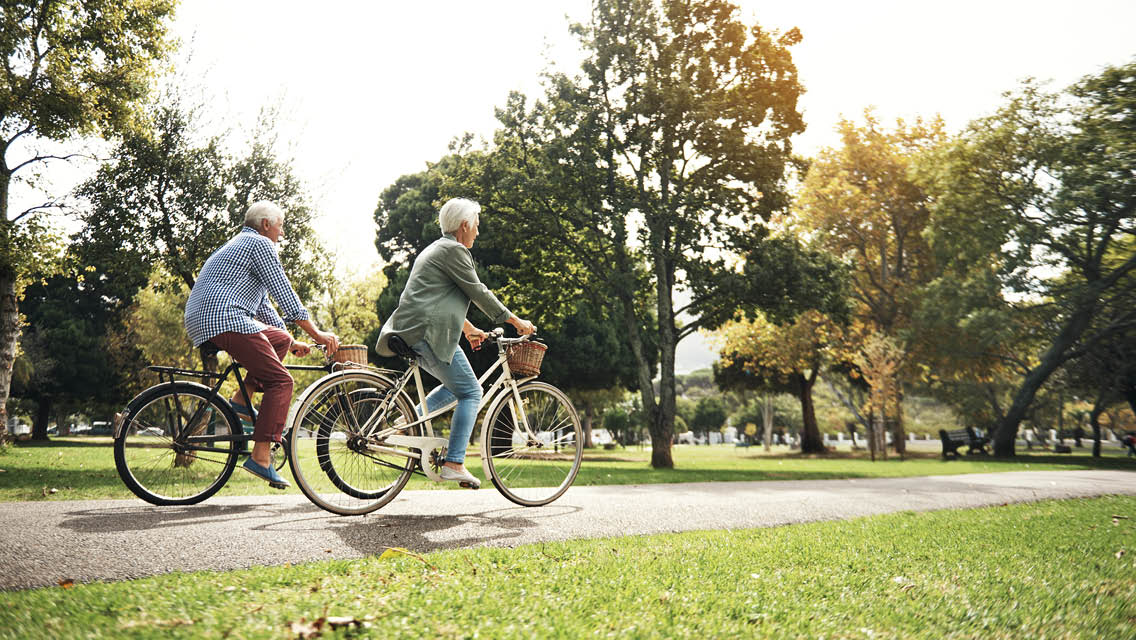My father’s side of our family was always slightly notorious for the frequency of its cardiovascular tragedies. Grandpa Cox succumbed to a stroke before I had a chance to make his acquaintance, and only a handful of his 14 offspring survived to collect social security. Heart attacks snuffed most of them out in their 50s; Dad suffered his first one in his late 40s and a second, more severe one, at 51.
These were pack-a-day-smoking, fried-food-loving couch potatoes whose idea of a moderate workout generally involved trekking from the living room to the kitchen to fetch a cold one from the fridge. The fact that my father lived to recount his bouts with cardiac arrest probably had something to do with his particular profession: schlepping beer kegs off the back of a truck eight hours a day, five days a week.
We know a lot more about heart health now than they did back in the ’50s and ’60s, knowledge that has so far helped me and my siblings avoid the cardiovascular calamities visited upon those uncles and aunts (cancer, of course, is another matter altogether). And I wonder whether any of our ancestors would’ve changed their lifestyle habits had they managed to live long enough to process the new information.
This question came to mind the other day when I happened upon the results of a study published last month in the journal Heart. Italian researchers found, after adjusting for numerous variables, that septuagenarians who began a mere 20-minute daily exercise regimen and sustained it over the course of several years were more likely than their sedentary counterparts to fend off a heart attack.
Analyzing data from the Progetto Veneto Anziani study, researchers established the baseline health status of 3,099 Italian seniors by examining medical histories, physical exams, scans, and blood tests gathered between 1995 and 1997, as well as questionnaires detailing daily activity levels. They then tracked hospital and death records to learn how these participants fared through the end of 2018. Not surprisingly, those who started moving 20 minutes each day — and sustained that habit over the years — were about half as likely as their less-active peers to suffer a heart attack. And those who flipped the switch at the age of 70 earned more long-term benefits than those who started moving later in life.
“These results suggest that public-health policies should be targeted at promoting or beginning physical activity in mid- and early late life, given a probable greater effectiveness in reducing cardiovascular risks,” the authors note.
It’s another variation on the old “better late than never” creed, of course, but I was struck by the professed cardiovascular benefits septuagenarians like me might accrue from such moderate activities as walking, gardening, and cycling.
Late-life behavior change is possible, after all. Dad never was much for physical activity once he exited his beer truck, but after his second heart attack forced him into early retirement, he managed to jettison his beloved Marlboros, puttered around the house a bit, shed some pounds, and at one point boasted that his heart was “as good as new.” I’ve always thought it highly ironic that cancer dropped him for the count a couple of years later, at the ripe old age of 60.
There are no guarantees, in other words. You can fend off one syndrome and fall victim to another. Still, if life is about the quality rather than the quantity of our years, I figure there’s ample incentive to stay active well into our dotage. At least, that’s what occurred to me the other day while perusing that Italian study. The afternoon sun had poked through the clouds outside of my home-office window, so I packed up my computer, rolled my bike out of the garage, and pedaled a couple miles north to the coffee shop.
Dad would’ve taken the car.





This Post Has One Comment
Great worked! Very helpful post. thanks for sharing.